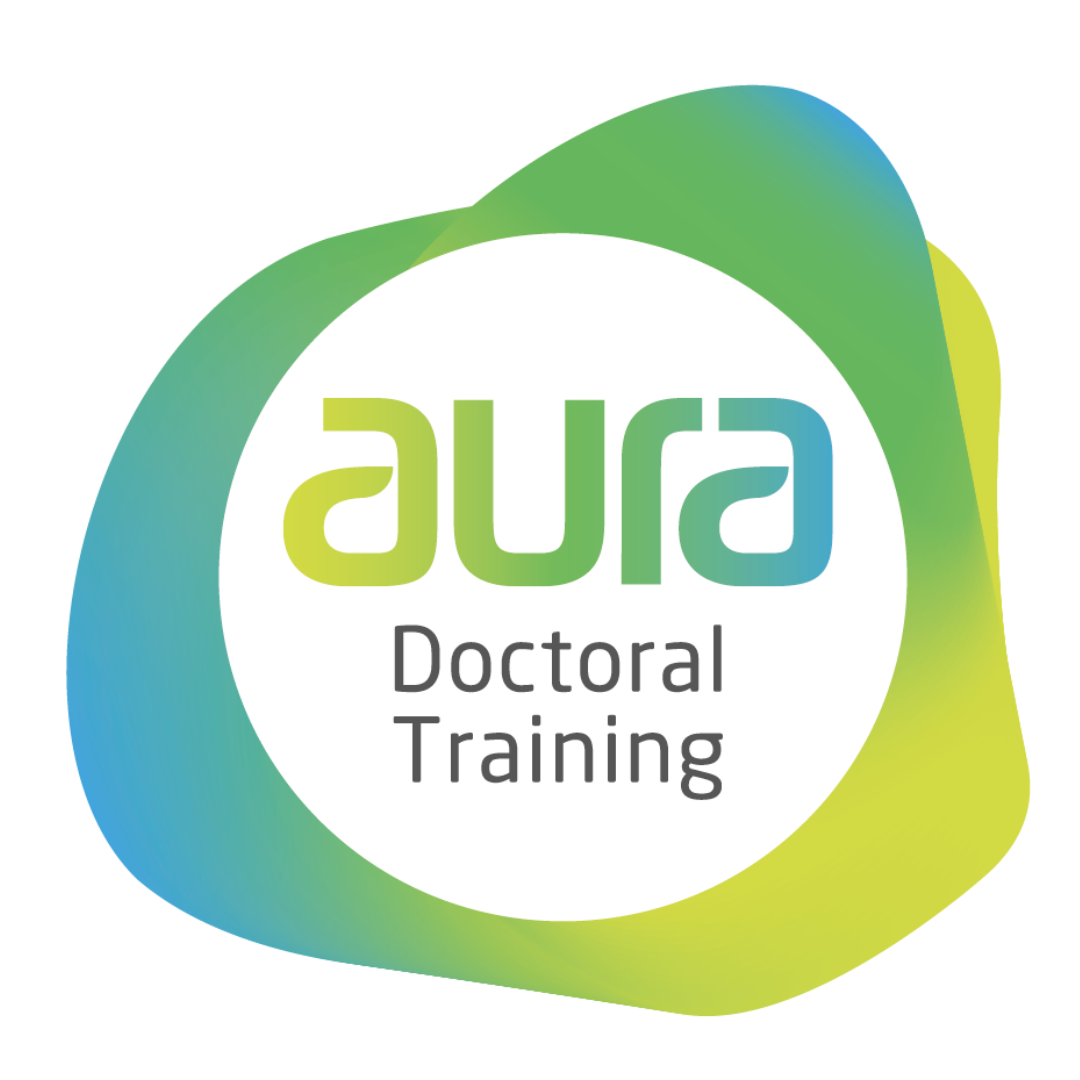

Research projects

- Research area
Big data and sensors and digitalisation for the offshore environment
- Institution
Durham University
- Research project
Digital twins Era for Coordinating Energy Network inTegration (DECENT)
- Lead supervisor
- PhD Student
- Supervisory Team
Dr Christopher Crabtree (Associate Professor in the Department of Engineering, Durham University)
Project Description:
In smart grids, grid inertia (typically provided by gas/steam turbine based synchronous generators) is a very important measure of power networks’ stability. Low grid inertia will make power networks suffer from poor power quality and increased risk of blackouts. Massive offshore wind turbines however don’t provide grid inertia due to the use of frequency converters between wind turbines and power networks. This becomes one of the most challenging barriers for integrating more offshore wind energy sources into power networks in the research field of smart grids. This project aims to develop digital twin technologies for coordinating wind turbines and energy storage units to provide virtual grid inertia, thus facilitating greater penetration of offshore wind in power networks. The objectives of this project are:
- To create digital replicas of physical systems, i.e. offshore wind turbines, that could be used for better understanding the physical systems;
- To investigate cost-effective ways of establishing communication links between physical systems and their digital duplicates, i.e. data link from physical space to digital space, and information link from digital space to physical space;
- To develop data analytic methods for informing better decisions on physical systems by using sensor/metering data;
- To develop digital twins-based coordination mechanisms that optimise wind energy and energy storage units to provide virtual grid inertia, thus increased wind energy penetration in power networks;
- To consider the practicalities of implementing coordination mechanism for both new and existing wind farms;
- To study the role of offshore wind energy in decarbonising other energy vectors, e.g., transport and heat.
Methodology
The following methodologies will be studied during the project.
- A range of dynamic wind turbine models to be studied and compared
- Cyber-physical system modelling methods
- Simulink/Matlab-based modelling of wind turbines and energy storage units
- Wireless and wired communication technologies to be studied and compared in terms of cost and data rate
- Machine learning algorithms for exploring sensor and/or metering data
- Optimisation methods and tools
- Virtual grid inertia techniques
- Multi-vector energy system modelling

